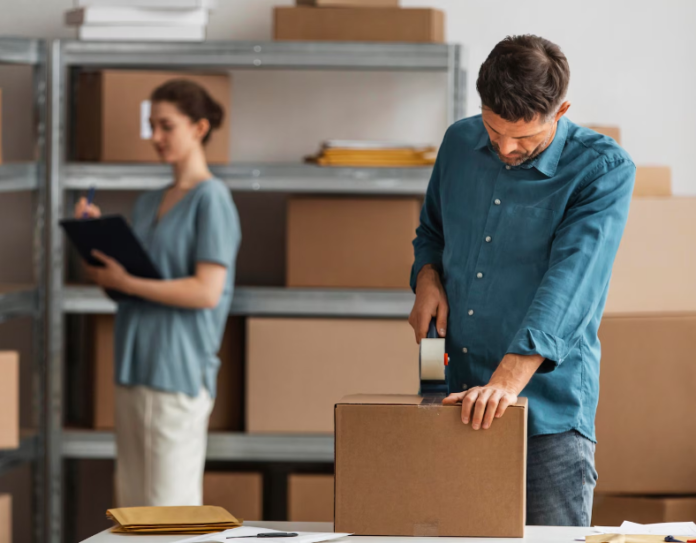In today’s age of e-commerce and convenience-driven consumer habits, packaging has become an integral part of the product experience. From the moment a customer receives a delivery, they are introduced not just to the product, but to layers of materials—boxes, bubble wrap, tissue paper, plastic sleeves, foam inserts, and more. But what’s really inside your packaging? Beyond your purchase lies a surprisingly complex environmental story—one of resource use, supply chain logistics, and growing concerns around waste management.
Let’s start with the basics. Most consumer goods are shipped in corrugated cardboard boxes, a seemingly recyclable and sustainable option. However, cardboard production is resource-intensive, requiring water, energy, and trees. While it is one of the most recycled materials globally, not all cardboard ends up being recycled properly. If it’s contaminated with food, oil, or excessive tape and labels, it may be diverted to landfills.
Inside the box, the situation becomes more complicated. To protect items in transit, retailers often include a variety of inner packaging: plastic air pillows, foam peanuts, bubble wrap, and molded plastic trays. These materials are often non-recyclable through curbside programs and end up in landfills or as environmental pollutants. Plastics are derived from fossil fuels and degrade very slowly, contributing significantly to global pollution.
Even seemingly harmless additions like tissue paper or branded stickers can contribute to waste. While paper is biodegradable, excessive printing and lamination can hinder its recyclability. Customizations add marketing appeal but often come at the cost of sustainability.
What’s more, packaging waste isn’t solely the responsibility of end-users. It begins with the companies designing and distributing these materials. Manufacturers and wholesale box suppliers play a significant role in determining the type, size, and amount of packaging used. Overpackaging—using large boxes for small items or excessive filler—continues to be a persistent issue driven by standardization and cost considerations rather than environmental efficiency.
Fortunately, awareness around packaging waste is growing. More companies are investing in sustainable packaging alternatives such as compostable mailers, plant-based foam, and reusable containers. Consumers are also becoming more educated, seeking out brands that prioritize eco-friendly practices. However, the responsibility lies with all parties—from manufacturers and suppliers to retailers and customers—to make packaging more responsible and less wasteful.
In the end, what’s inside your packaging isn’t just your product—it’s a footprint. Every material choice reflects a balance between protection, cost, aesthetics, and sustainability. By understanding the breakdown of packaging waste, we’re better equipped to demand smarter, cleaner, and more conscious solutions.


